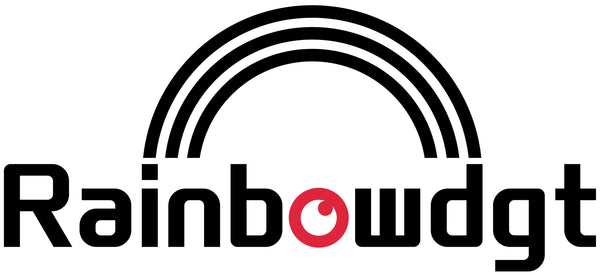Is DTF Better Than Sublimation or Screen Printing?
Choosing the Right Printing Technology
For entrepreneurs and print shops, one of the most common questions is whether DTF is better than sublimation or traditional screen printing. Each method has its strengths, but DTF printer is quickly becoming the preferred choice due to its ability to handle a wide variety of fabrics, surfaces, and design complexities.
DTF vs Sublimation Printing
Sublimation printing is widely used for polyester fabrics and coated materials. However, it has limitations when it comes to cotton or dark-colored fabrics. Direct-to-film machine, on the other hand, works on both light and dark textiles, as well as cotton, polyester, and blends.
1. Sublimation offers vibrant prints but is material-limited.
2. DTF provides flexibility across many surfaces, including apparel and accessories.
Rainbowdgt XP600 A3 DTF printer make it easy to expand product lines without being restricted by fabric type.
DTF vs Screen Print Transfers
Comparing DTF vs screen print transfers, business DTF printer clearly stands out for small-batch production:
1. Screen printing is cost-effective for bulk orders but requires stencils and setup.
2. DTF printing allows detailed, full-color designs with no minimum order size.
3. DTF transfers are faster, more versatile, and require less manual labor.
This efficiency makes DTF highly attractive for startups and custom product creators.
How to Make DTF Stickers and Decals
DTF printing isn’t limited to garments. Creators often ask how to make DTF stickers. The process involves printing the design onto a DTF transfer film, applying adhesive powder, and curing it. Once ready, the film can be used to transfer the design onto sticker sheets, decals, or even hard surfaces. This opens up new markets for custom branding and promotional products.
Why Businesses Prefer DTF Printing
Another advantage is durability. DTF prints are water-resistant, flexible, and long-lasting. Unlike sublimation, which fades on cotton, or screen printing, which can crack, DTF designs stay vibrant after multiple washes. For many businesses, this makes DTF the most reliable and versatile option.
DTF Printing Leads in Flexibility and Quality
Whether comparing DTF vs screen print transfers or asking if DTF is better than sublimation, the conclusion is clear: All-in-one DTF printer offers greater flexibility, durability, and efficiency. From apparel to stickers, this technology empowers businesses with cost-effective and professional customization solutions.

